Many of us live contradictory lives when it comes to our relationship with animals. We may describe ourselves as “animal lovers” – for example, we would never want to see a family of baby chicks run over by a car or a dog left out in the cold by its owner. Yet we would have no qualms ordering a steak or ribs, visiting a zoo, taking a horse carriage ride or wearing a fur coat or leather boots.
Some of us may be aware of this massive disconnect. Far more likely, we don’t even realize it exists. And admittedly, it’s hard. Certain customs and habits have been so embedded in our lives thanks to a variety of factors that it is difficult to break or avoid them. But that shouldn’t stop us from working harder every day to spread compassion in everything we do.
Here at BEAST, we value all animals equally and love them all unconditionally. We also recognize that their suffering is universal, and our goal – by raising funds for various animal welfare groups through events – is to allow the approximately 8.7 million species on Earth to live a cruelty-free existence.
Here are six categories of animals we love and want to save:
Companion animals: For as many dogs and cats who are widely cherished, untold others are facing neglect or harsh conditions at the hands of their owners, leading many to be cast away in shelters where they face the possibility of death. Another reality that prevents dogs from finding their forever home are profit-driven breeding facilities like puppy mills, where there is little to no concern for the canines.
Farm animals: Every year in the United States, some 10 billion animals are raised and killed for food – and 55 billion worldwide. These include cows, pigs, chickens, lambs and others who must endure harrowing conditions and mistreatment by workers on factory farms before they meet their cruel and untimely death. Many of these animals have intelligence and emotional levels that far exceed what most people believe, including pigs, which are considered among the smartest animals on the planet.
Wild animals: Every year, an estimated 110 million animals – such as deer and birds – are killed by hunters in the United States, and here and across the world, many animals have been hunted to their extinction. An estimated 40 million of those are killed for their fur. Then, there are animals like Canada geese that are rounded up and later gassed by government agencies. Another hundred million lab animals that are used for experiments are killed every year.
Sea animals: For as many land animals that are slaughtered each year for food, five times as many sea animals face the same fate. While many people reconcile their consumption of marine animals by believing they lack the intelligence or sensitivity of other animals that are killed for food – after all, the word “seafood” suggests they were born for our consumption – the truth is fish experience pain and fear in much the same way humans do. They may respond to that pain and fear in different ways than we're familiar with, but it exists nonetheless.
Entertainment animals: From the circus tents of Ringling Bros. to the backstretch at Churchill Downs, countless animals’ spend their lives starring as an attraction for humans. To do so means to give up their freedom and they must experience punishing and barbarous work in the process. Strides are being made to limit animals as entertainment, but much work remains.
Captive animals: Zoos can’t provide adequate space for their animals, and animals – both of the land and sea variety – are wired biologically to roam free, not remain imprisoned. Aside from neglect and other mistreatment that they face in captivity, zoo animals develop serious behavioral problems and literally go crazy.

